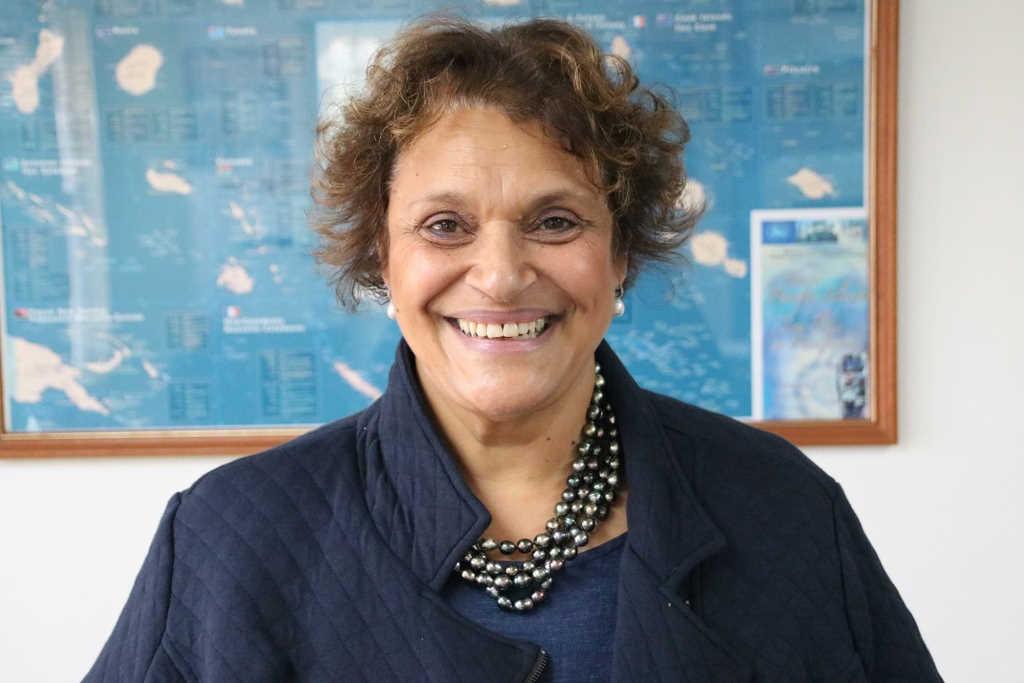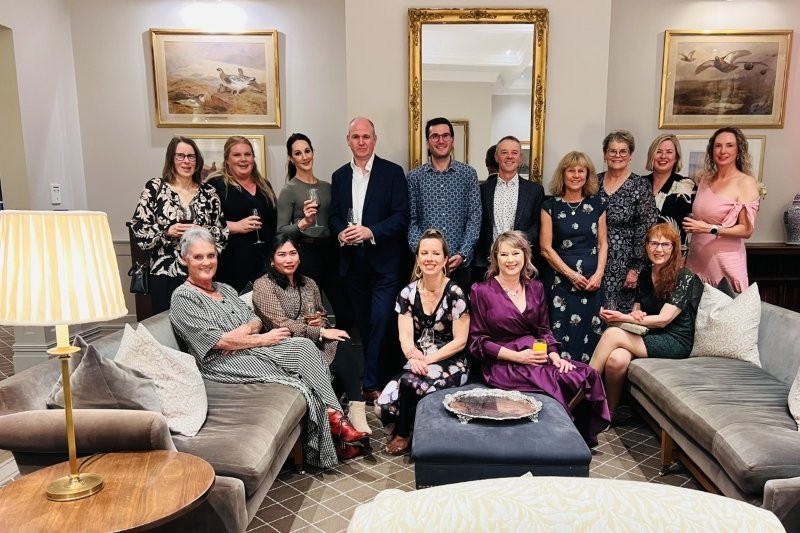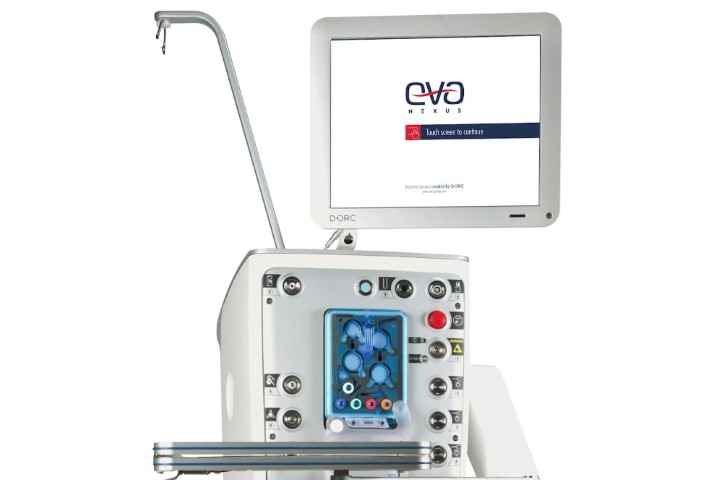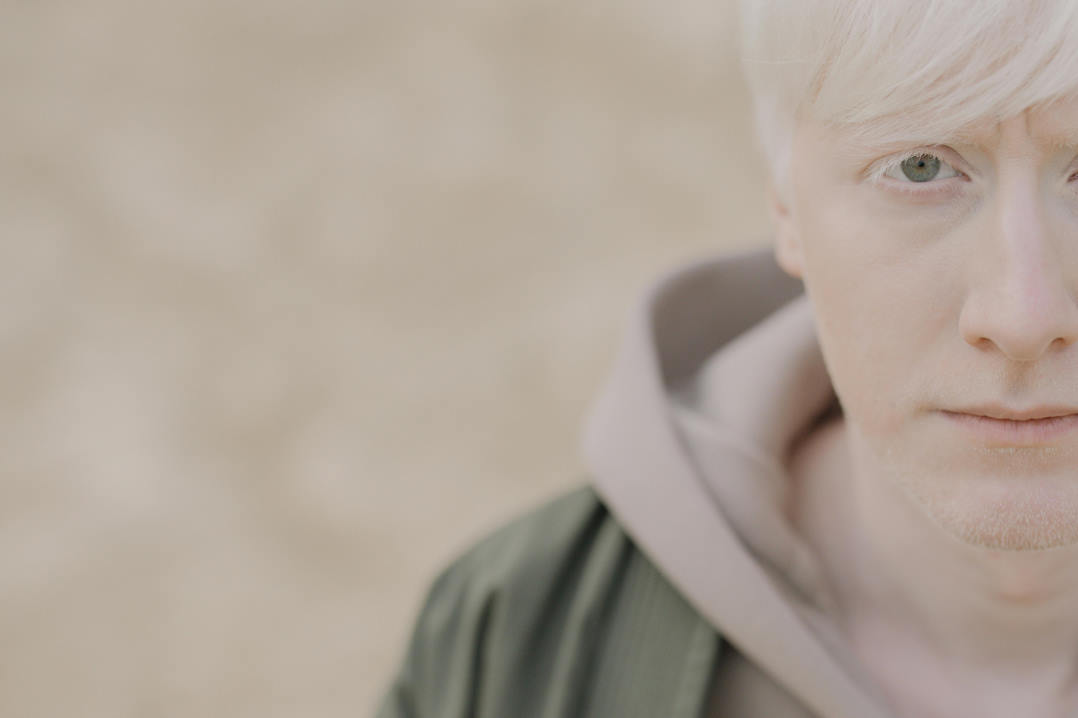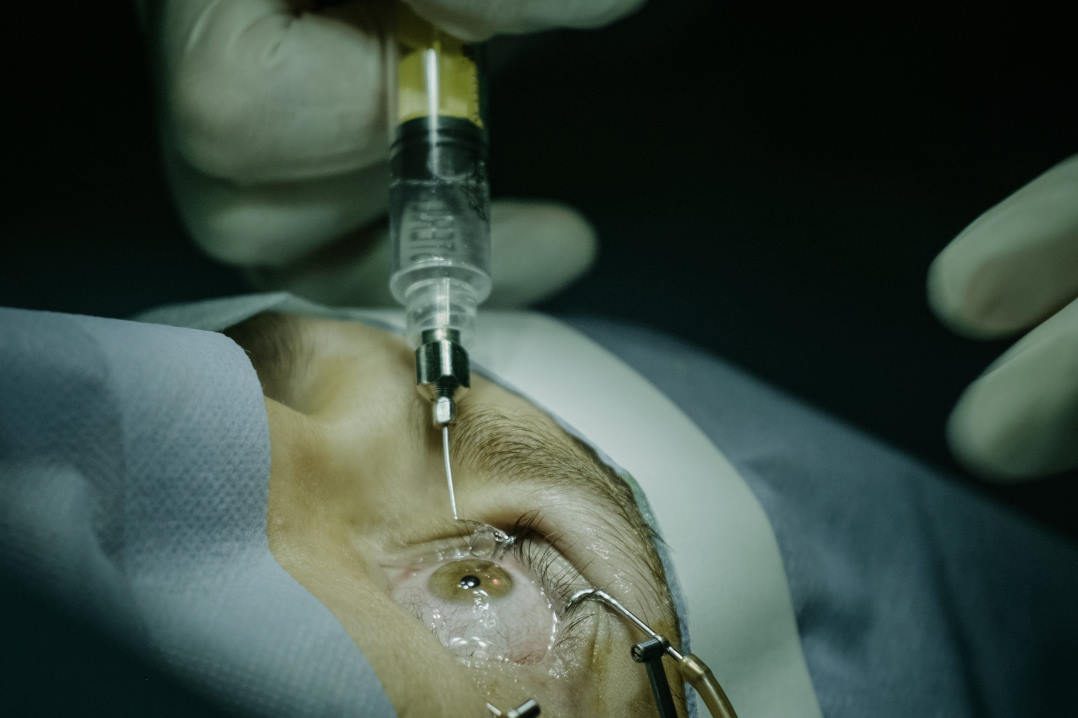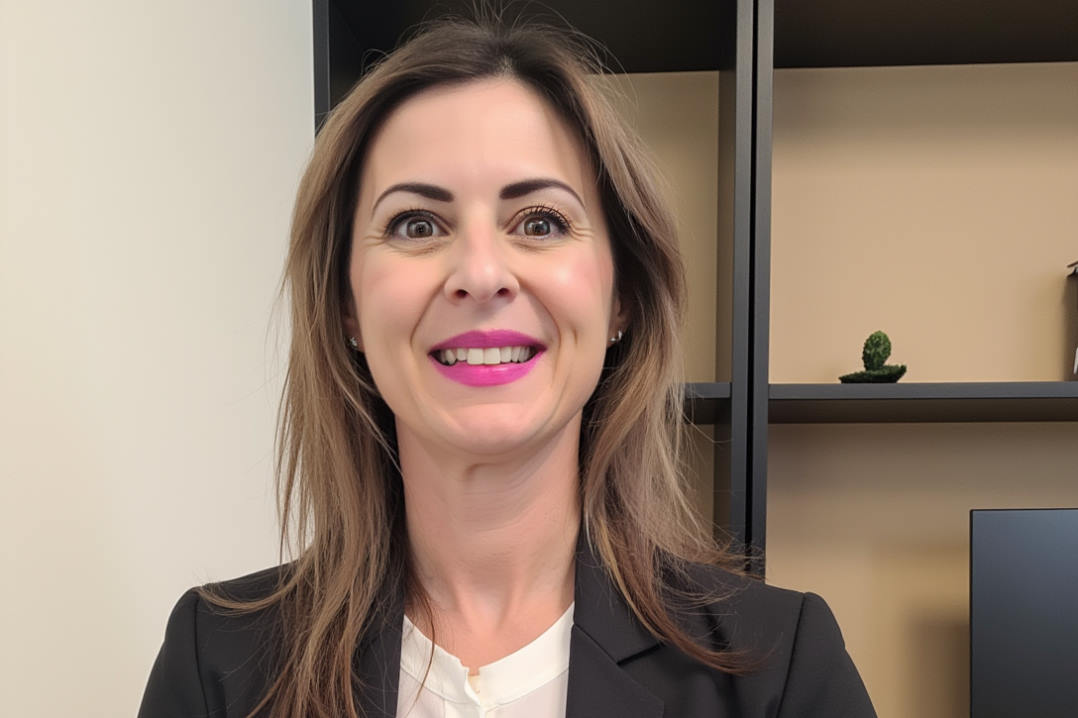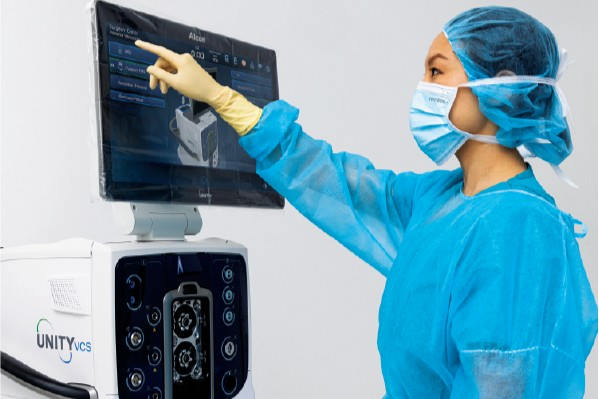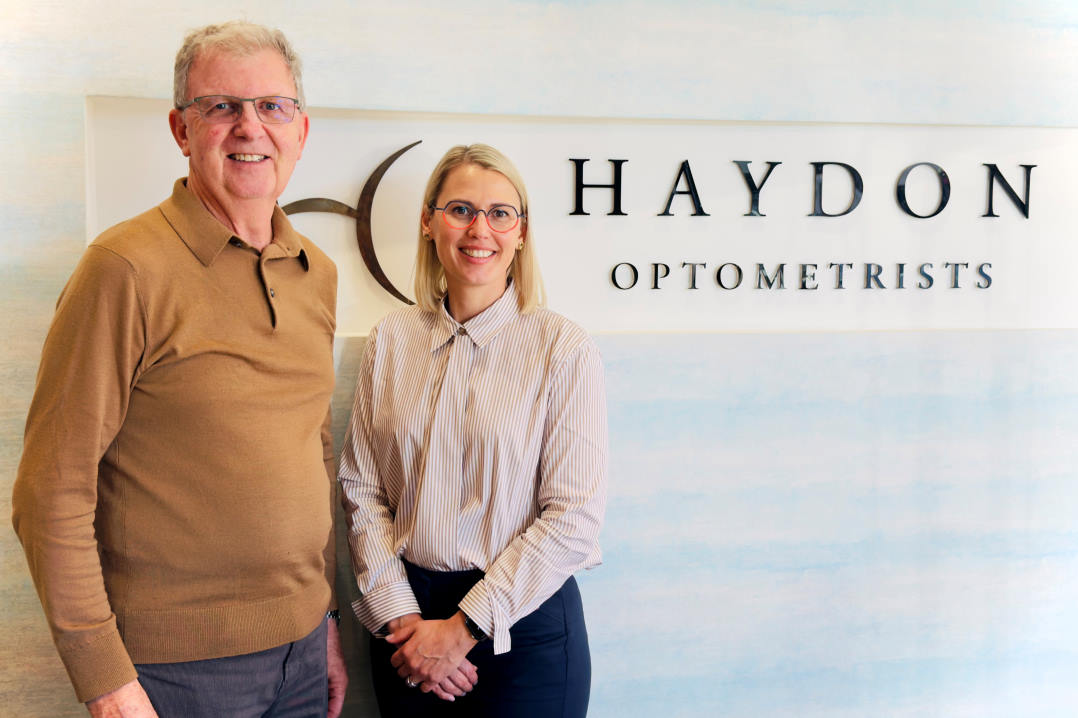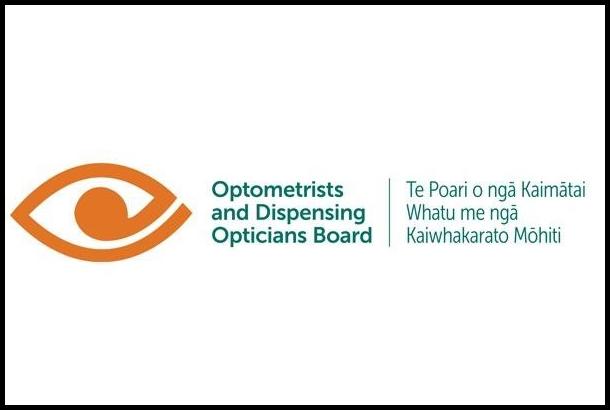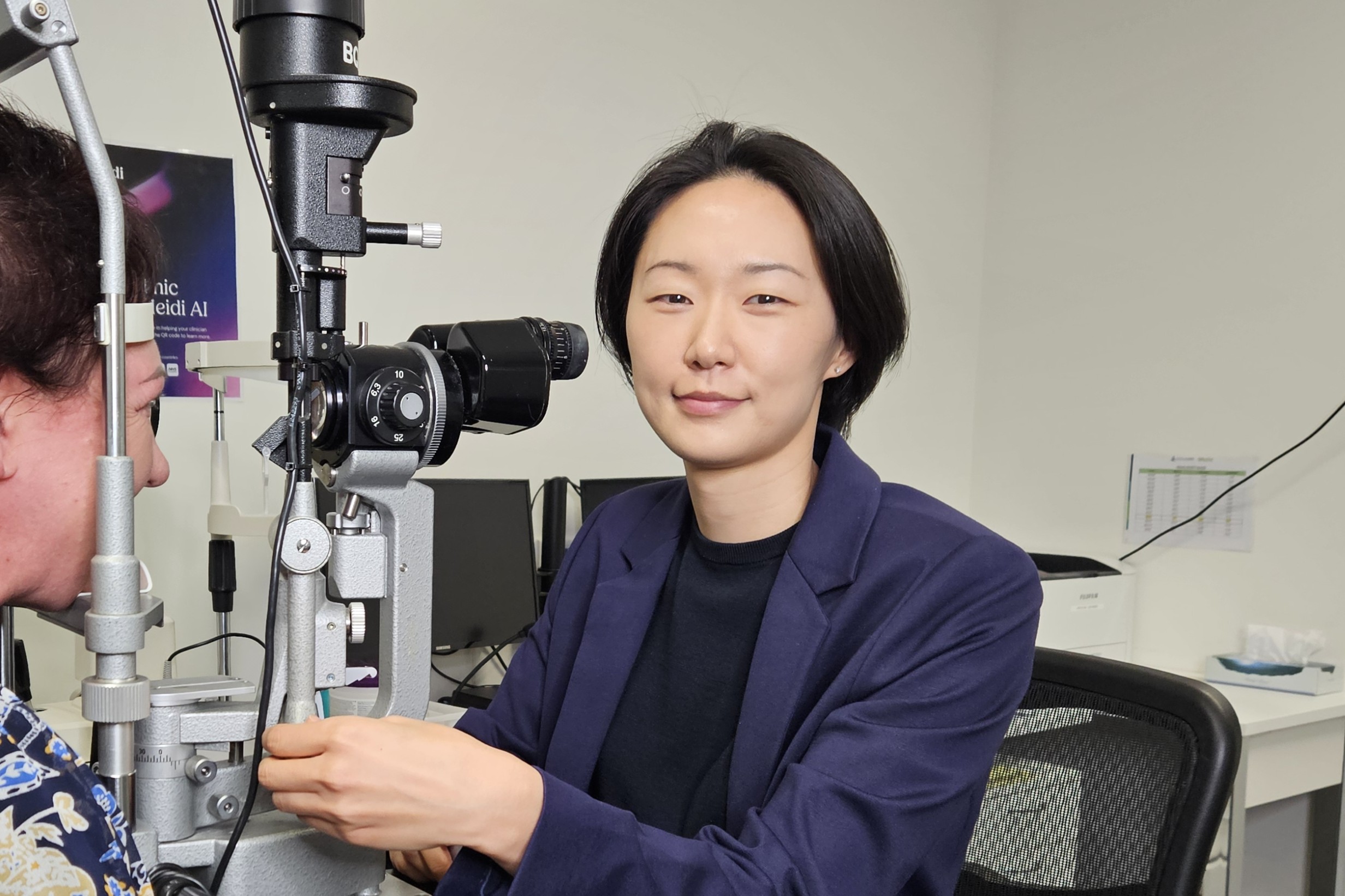Global eye health targets set
Two ambitious global eye health targets for 2030 were endorsed by 194 member states at the 74th World Health Assembly (WHA), in Geneva, Switzerland, but do not seem to have garnered much attention in New Zealand.
The WHA, the decision-making arm of the World Health Organisation (WHO), agreed to target a 40% increase in dealing with refractive error and a 30% increase in cataract surgery by 2030; countries with refractive error treatment rates of 60% or higher and/or cataract surgery rates of 70% or higher should strive for universal coverage. These targets represent two of the most cost-effective interventions in the health sector and are linked to diseases with a high prevalence, such as myopia, which are expected to increase, said Dr Stuart Keel, WHO’s vision programme technical officer.
Vision 2020 Australia – part of Vision 2020: The Right to Sight, a joint initiative by WHO and the International Agency for the Prevention of Blindness (IAPB) – has stated that all participating countries will be asked to periodically report on these targets until 2030. Australia’s 2016’s national eye health survey will be its key source of baseline data to assess its progress, it said.
In New Zealand, however, following the current government’s decision to drop its promise of one free eye-health check for SuperGold holders or to agree to a national survey of eye health to understand how bad eyecare is in Aotearoa and set benchmarks for improvement, Ministry of Health global health group manager Megan McCoy pointed out that, “Countries do not sign up to WHA decisions, nor are they (or the targets included in them) binding on countries.”
New Zealand was also notable for its absence at a WHA side event hosted by, among others, the Australian and Indonesian governments, the IAPB, Fred Hollows Foundation and Christian Blind Mission (CBM), which discussed ways countries could achieve the 2030 targets. “Due to other competing priorities, New Zealand was not able to engage in this event, focusing attention on Covid-19 and other pressing issues,” said McCoy in a statement. “However, we were pleased to see the positive response it received and the attention it drew to eye health issues.”
There is one step all Pacific governments must consider this year if the blue continent is to have any chance of meeting the WHA eyecare targets, said Audrey Aumua, CEO of The Fred Hollows Foundation NZ. “It is critical that eyecare is formally included in each country’s national healthcare plan. And it must be resourced.”









